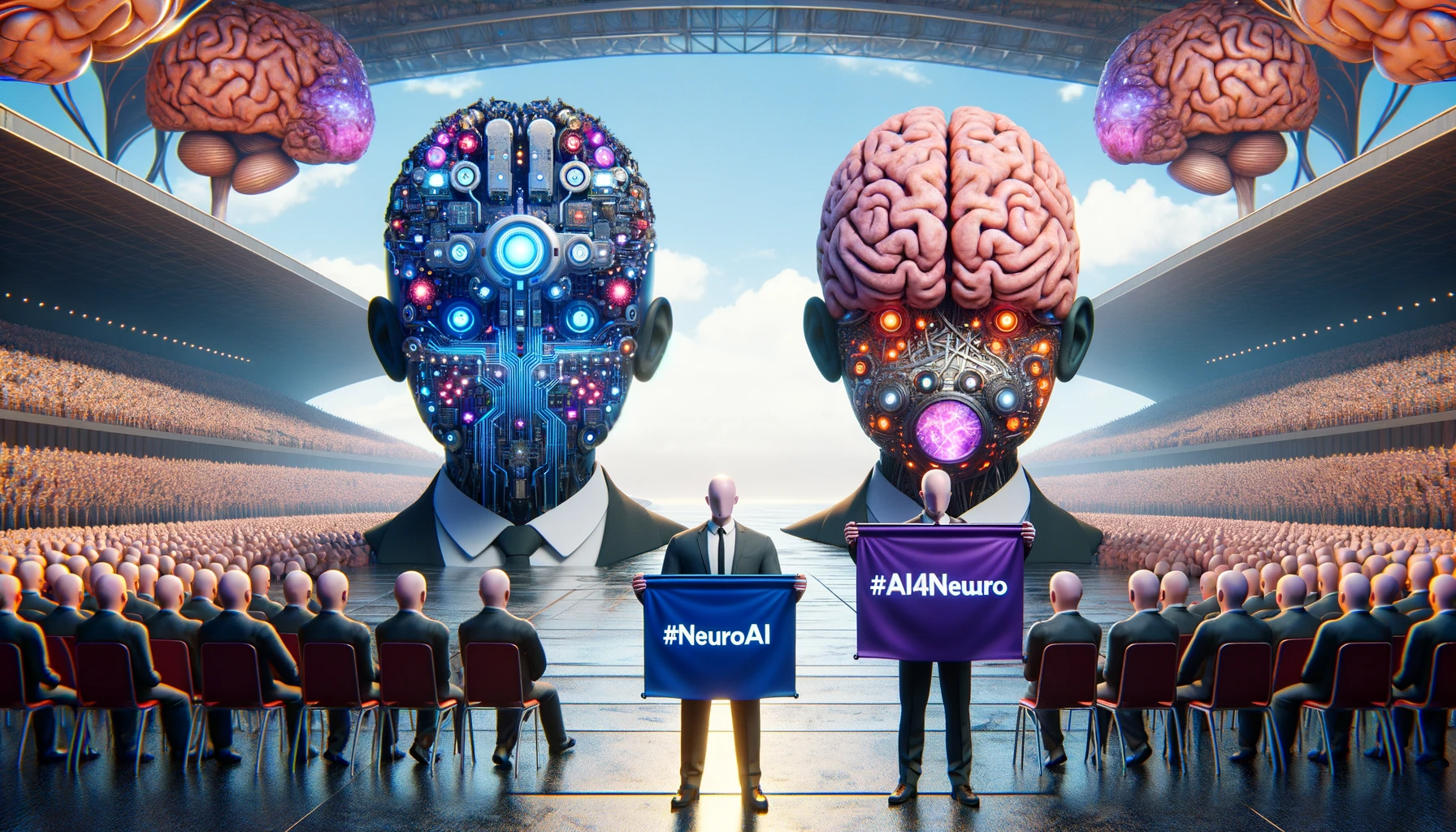Pause whatever you’re doing (which is reading), if you haven’t seen this trailer, you should check it out right now. It’s worth it, I’ll wait- but don’t go on a YouTube spree!
…
Back? Cool. Morgan Freeman says, and I quote: “it is estimated most human beings only use 10% of the brain’s capacity, imagine if we could access 100%, interesting things begin to happen.” This misconception, then, is the topic of our discussion today. First of all, any professor of neuroscience caught saying that should be shot on the spot. Actually, no, any person that’s not Morgan Freeman. Why? Because Morgan Freeman is god. If there’s a Wikipedia page dedicated to calling it a myth [1], then it probably is.
In all seriousness, this factoid is not true. Absolutely nothing interesting at all will happen if and when we access 100% of our brain, because we do it on a daily basis. Perhaps not simultaneously, but we definitely have the capability to access most, if not all, of our brain tissue. We know this because the brain is metabolically active at all times (if not, you’d be dead), and we can record constant electrical output on a sub-second scale. I won’t bother citing research for this, you can Google “fMRI brain” and see for yourselves. Or check out the Wikipedia article, and to save you the trouble, here’s the first (legit) source it cites, Scientific American [2]. To put it crudely, you probably recruit more than 10% of your brain when you try to take a poop (uncited, though this will make an awesome xkcd what-if segment). Therefore, as a budding graduate student in cognitive neuroscience, I absolutely do not endorse this myth, nor do I believe in it.
That being said, here’s the interesting thought of today: what would it even mean to access only 10% of our brain, i.e. what is our metric? By mass and volume, the cerebellum alone is on the order of a tenth of our brain, which means that if you’re breathing, awake, and pumping blood, you are probably accessing 10% of your brain. I could make a joke here about that’s pretty much all that you do, so the myth is actually not a myth, but I won’t. In addition, if we consider that our peripheral nervous system (PNS) is made up of roughly the same stuff as our brain (neurons, lol), then by definition, we possess above average intellect by simply walking, and you’d be approaching genius if you could teach me how to Dougie.
Jesting aside, this should absolutely convince you that we are indeed using more than 10% of our brains, metabolically speaking. But despite my best attempt to stay scientific, something about that myth speaks to me on an intuitive level- which I believe is also the reason why it has become such a popular idea in our society- and that is the notion that some individuals are smarter than others. By smarter I mean more practiced in all kinds of different intelligences: logical, emotional, musical, etc. If we compare ourselves to a genius like Einstein or Mozart, we naturally want to blame our own lack of brain usage as the reason why we’re not churning out theories of relativity or symphonies on the daily. Furthermore, the fact that any individual has the ability to improve in a cognitive or physical task seems to imply that we CAN “access” more of our brain, if we so choose- again, “more” is up for interpretation here. This, however, may be due to a lack of understanding of the way we “learn” things, as well as what makes one person receive math, for example, much more readily than another. These questions have been investigated and, thankfully, steadily answered in recent years, to a point where we understand that it’s not that we’re using more brain, per se, but that we’re making existing neuronal connections more stable and reliable (this is quite a gross generalization, but accurate for the most part, at least to my limited knowledge).
Going down this road, if we take “the ability to perform __”, i.e. behavioral measure, as a measure of our brain capacity, then by all means, we’re not using much of our brain, at least not to the extent of our potential. It is my personal belief that with practice and guidance, we can do most things fairly well, at least relative to not being able to at all (especially evident in that one neighbor learning to play the clarinet). If we so desire, we can also cite “connectivity in __ pathway” as our metric, provided that we can pinpoint the task-network correlation (a whole other can of worms). Simply put, if we know that neurons X-Y-Z are involved in producing oil paintings, then we can just measure their connectivity at any given point to measure our “brain capacity for oil paintings”. (Again, this is hypothetical because we can’t do this yet, not to mention a particular mapping is highly individualized, also not to mention there probably aren’t neural networks responsible for “oil painting”, but I digress.) Then, the case of 100% capacity, full global connectivity in our example, would actually be quite interesting. Research suggest that neuronal hyperconnectivity links to abnormal states such as epilepsy (seizures) [3] and autism [4,5], so our thought experiment probably wouldn’t end well. Well, you might end up with a poofed up brain like MegaMind, due to the sheer volume of axons you might need to connect every neuron with each other…if you’re into that kind of stuff.
My wish for a fantastical brain is still unsatisfied, however. Maybe the key is not that we’re not using all of our brain, but that we’re not using a whole lot of it together for any particular task. In other words, all the departments of your whole company (your brain) must be communicating effectively and synchronously in order to maximize efficiency. We see some evidence of that in [6], where it was found that functional connectivity (co- activity, or, co-“access”) between two regions was correlated with a verbal working memory task performance. This study is particularly interesting to me for another reason, which is that neither of the two regions of interest investigated was the canonical one for working memory, i.e. prefrontal cortex area (behind your forehead), but rather two regions in what’s called a “default mode network”. More on that in a separate post later, for sure. But the point here is that, even with the limited conclusions we can draw about such a specific task, there may be some validity in what I was suggesting: simultaneous recruitment could imply better performance. This means… more reading for me, yay!
The last bit I want you to consider is the fact that we can essentially see much more than the visible light spectrum, compared to 50 years ago. In fact, we use a wide range of the electromagnetic spectrum on a daily basis- through our computers, cellphones, etc. You might say that that’s cheating, because a cellphone is external to our brain, but our brains had to undergo significant adaptation to learn how to use such a device. Furthermore, what if it was directly connected to the brain? We know that the brain has a quasi-magical ability to integrate and use foreign systems, as well as compensate for lost parts with intact parts. So it’s not inconceivable that we’d be able to experience much more than what we were born with. Finally- and this is what will catapult this post into the “metaphysical rambling” category- what if we already possess such abilities, but are simply unaware of it consciously. I’m not saying that we can actually interact with radio waves, a la Lucy in the movie trailer, in any meaningful way. But we all have this gut feeling that we can’t quite consciously describe, perhaps it’s another set of sensory experience that we’re not aware of. What if our instincts, or our sixth/seventh/nth sense, are just untapped from a consciousness perspective? If an eel can sense electric fields through biological sensors, who says we can’t?
Please don’t kick me out of graduate school or jail me for radical ideals, I swear I’ll carry on doing acceptable research, but a dreamer can dream right?
[1] Wikipedia contributors. “Ten percent of brain myth.” Wikipedia, The Free Encyclopedia. Wikipedia, The Free Encyclopedia, 2 Jun. 2014. Web. 2 Jun. 2014.
[2] “Do People Only Use 10 Percent Of Their Brains”. Scientific American. 7 February 2008. Retrieved 2008-02-07.
[3] Vollmar, C et al. Motor system hyperconnectivity in juvenile myoclonic epilepsy: a cognitive functional magnetic resonance imaging study. Brain. 2011 Jun;134(Pt 6):1710-9. doi: 10.1093/brain/awr098
[4] Rudie, Jeffrey David et al. Convergent Evidence of Brain Overconnectivity in Children with Autism? Cell Reports , Volume 5 , Issue 3 , 565 - 566
[5] Kaustubh, Supekar et al. Brain hyperconnectivity in children with autism and its links to social deficits. Cell Reports, Volume 5, Issue 3, 738-747. http://www.cell.com/cell-reports/fulltext/S2211-1247(13)00570-6
[6] Hampson M, Driesen NR, Skudlarski P, Gore JC, Constable RT. 2006. Brain connectivity related to working memory performance. J Neurosci. 26:13338–13343




